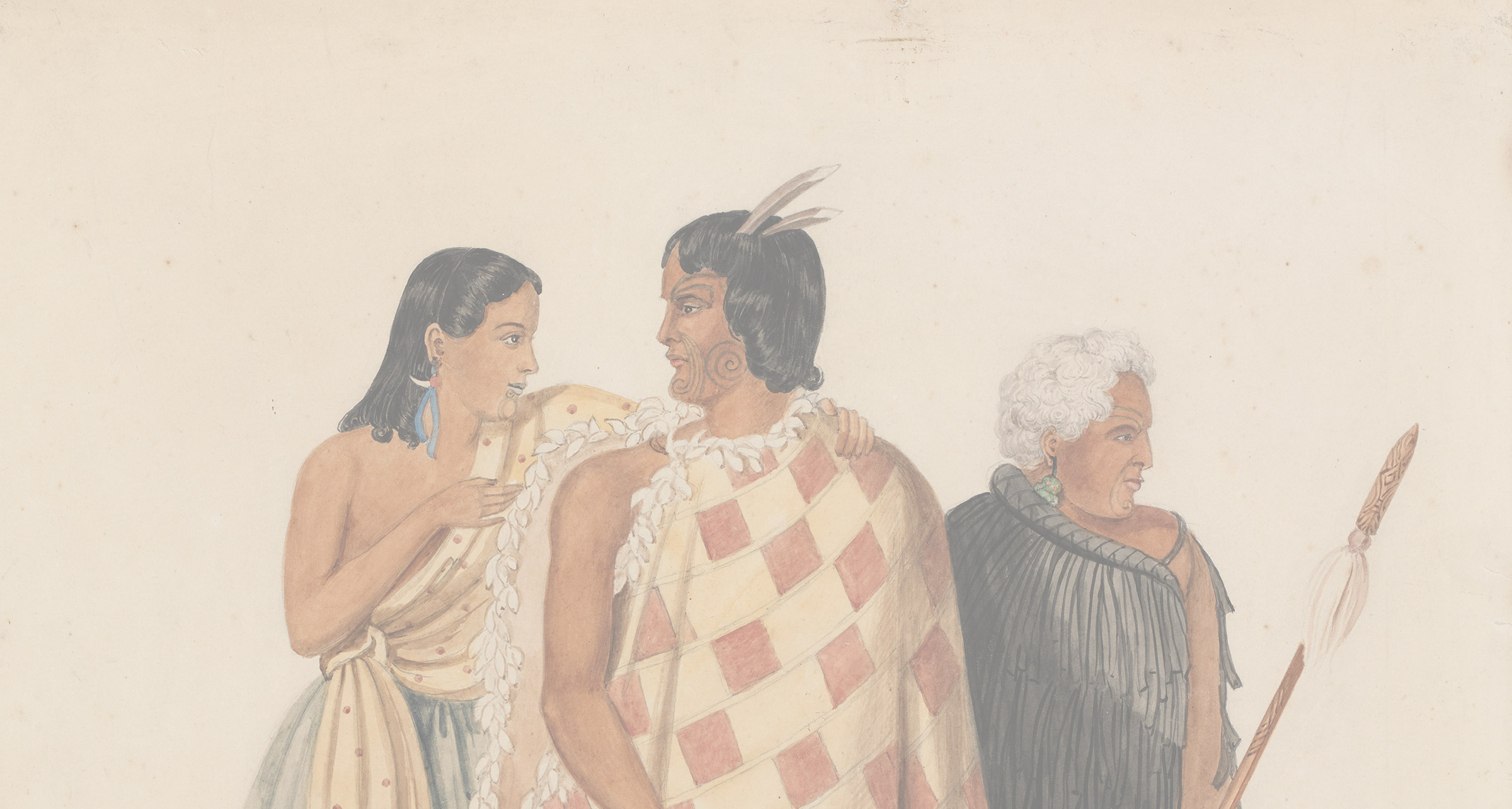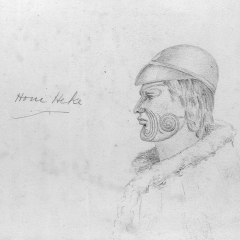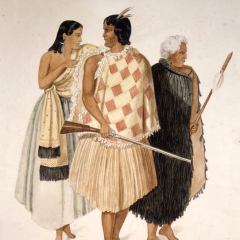I am Heke
Heke Pōkai, Hōne Wiremu
?-1850
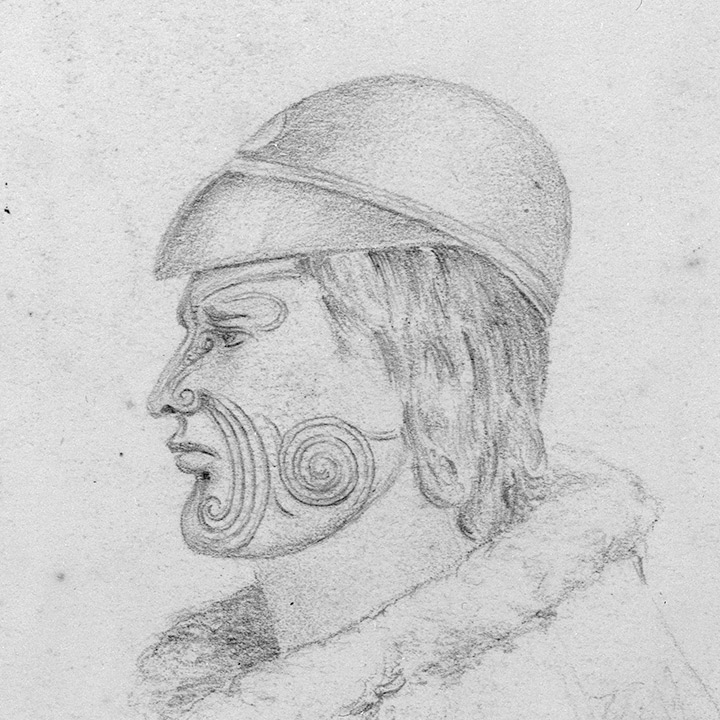
I am Heke
Heke Pōkai, Hōne Wiremu
?-1850
Hapu
Ngāti Rāhiri, Ngāi Tāwake, Ngāti Tautahi, Te Matarahurahu, Te Uri-o-Hua te hapū
Iwi
Ngāpuhi
Mahi (Work)
Rangatira, Warrior, Political Leader
Tell us about your early life…
I was born at Pākaraka, near the maunga Pouērua, inland from Pēwhairangi – what the Pākehā call the Bay of Islands. I was given the name Pōkai after my mother’s brother, who died at the battle of Moremonui about the time of my birth.
I had two older brothers. My sister died while young. I was the pōtiki – the younger child. That did not stop me from pursuing my own path and expressing my own mana.
My early years were at Kaikohe. In 1824-25, I attended the Hāhi Mihingare (Church Mission) school at Kerikeri, where I showed promise and enterprise. My second wife, Hāriata (Harriet) Rongo, a daughter of Hongi Hika, also spent time at Kerikeri where she lived with the Kemp whānau for some years. I was married to Hāriata at the Kerikeri chapel in March 1837.
My first wife was Ono. In 1835, we were both baptised by Te Wiremu (Henry Williams) at Paihia and given family names of Te Wiremu: Hōne Wiremu (John William) and Riria (Lydia). Sadly, Riria died; while she was sick the Williams whānau cared for her at Paihia.
What were your life’s achievements?…
I escaped death various times in battle. I was only a baby when Ngāti Whātua attacked Kaikohe. I was tied to a pūriri tree with my mother, but Hongi Hika’s father, Te Hotete, intervened to save us. When I was grown, I went on the southern waka taua (war expedition) with Titore and was wounded in a battle at Tauranga.
In 1837, I fought against Pomare II at Ōtūihu in the Bay of Islands, and narrowly escaped capture. I fought against Nene’s people at Te Ahuahu in 1845 and was severely wounded in the leg. I was carried away under the prayers of our tohunga and recovered from my wound at Ngāwhā springs.
I also fought the British at Kōrorareka in 1845 and survived. I carried my Kawenata Hou (New Testament) and Te Rāwiri (Prayer Book) with me when felling the flagstaff. I think te Atua (God) was looking after me.
I was a signatory of He Wakaputunga o te Rangatiratanga o Nu Tireni (Declaration of Chiefly Authority of New Zealand) in 1835. In February 1840, I was the first to sign te Tiriti at Waitangi with Capt. Hobson. I did so because I believed the Treaty and te Kāwanatanga (Government) would protect us. However, the Governor took the shipping dues away from us at Kororāreka, and then moved the capital to Tāmaki Makaurau (Auckland). Some European traders and slaves insulted our mana as chiefs and taunted us that the Government would take our lands. Besides, the Governor had never paid for the flagstaff that I provided for the New Zealand flag of 1834. I wanted the New Zealand flag and te Haki (the Union Jack) to fly beside each other, but the Governor would not listen.
Toughest challenge?…
Deciding whether to join Kawiti and attack the flagstaff for the fourth time was pakeke (difficult). Karuwhā (Te Wiremu/Henry Williams) tried to dissuade me, saying the Queen would protect our rights. I was fearful, and gave Karuwhā my gold-laced cap to tangi (cry) over if I died. But I lived. In the following years, I sent many letters to the Governors to respect our rights and the land that God had given us as ngā tāngata māori (the native people).
The flagstaff remained down after the battle of Kororāreka in March 1845. After my death, Maihi, the son of Kawiti, re-established the flagstaff.
What is your closing message for us?…
I could leave you with many words… I once wrote to Queen Victoria in 1849 asking her to restore the flag of New Zealand and the authority of the Māori:
kua paunatia e te Atua nga motu katoa mo ia iwi mo ia iwi[.] ko te mana o te Atua e tino pai ana mo Nui Tireni.
(Translation: for God apportioned the land to this nation and to that, for the power of God is very good for New Zealand.)
I also leave with you the words I spoke to my people shortly before I died. My people asked me where they should live after my passing. My reply was: ‘In everlasting life.’
Nāku noa, nā
Hone Wiremu Heke (Niu Tireni)
REFERENCES
Hone Wiremu Heke ki a te Kuini Wikitoria, 10 July 1849, encl. in Grey to Earl Grey, 28 July 1849, in Governors Series, G30/16, Archives New Zealand (original Maori with English translation); also in GBPP 1850 [1280] vol. 37, pp. 17-18, in IUP, vol. 6 (English translation only).
Freda Rankin Kawharu. ‘Heke Pōkai, Hōne Wiremu’, Dictionary of New Zealand Biography, first published in 1990. Te Ara – the Encyclopedia of New Zealand, https://teara.govt.nz/en/biographies/1h16/heke-pokai-hone-wiremu.
Marianne Williams, Journals, 6 January – 17 March, 1845, in Hugh Carleton, The Life of Henry Williams, vol 2. (Auckland: Upton & Co, 1877), pp. 95-99.
Written by S. Carpenter. © Karuwhā Trust 2020
Note: this interview style ‘autobiography’ has been written based on historical data and all quotations are based on actual archival documentation or (occasionally) family oral tradition; artistic or interpretive license has of course been taken with the style or ‘voice’ of the subject person. References are given for further reading and research purposes.
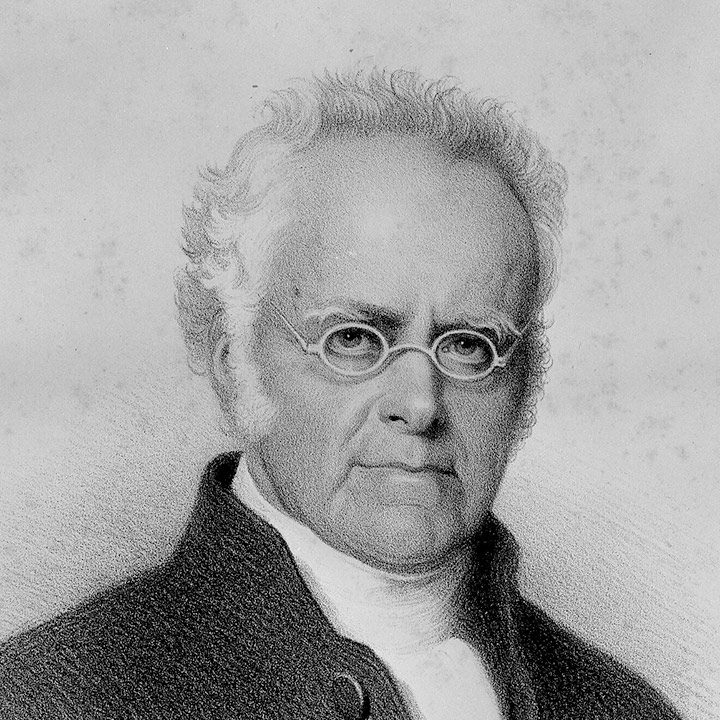
Henry Williams
“I was born in 1792, in Gosport, south England, near Britain’s main naval base at Portsmouth. My parents were Thomas Williams, a hosiery merchant, and Mary...”
Read more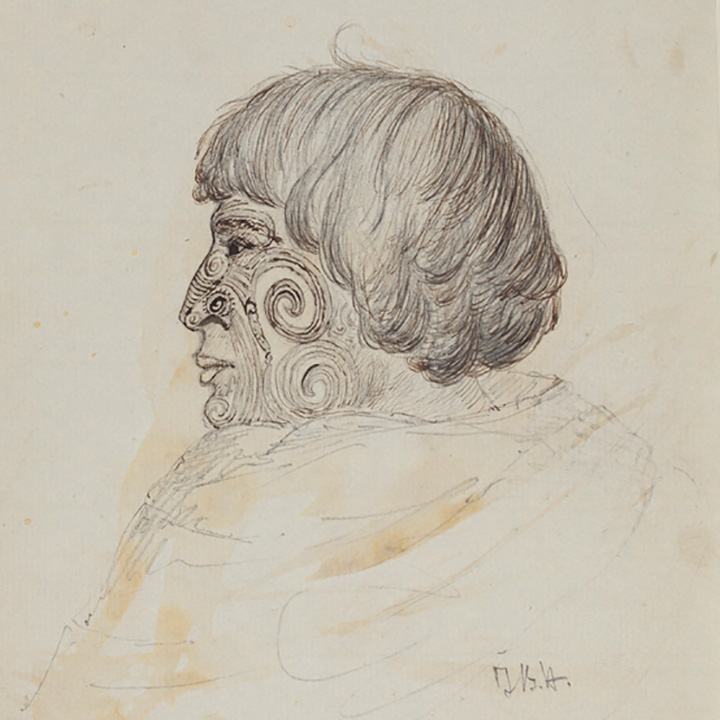
Rāwiri Taiwhanga
"I do not know when I was born in terms of the years since our Lord’s birth “A.D.”. When I died in the 1870s, however, some Pākehā thought I was 100 years old..."
Read more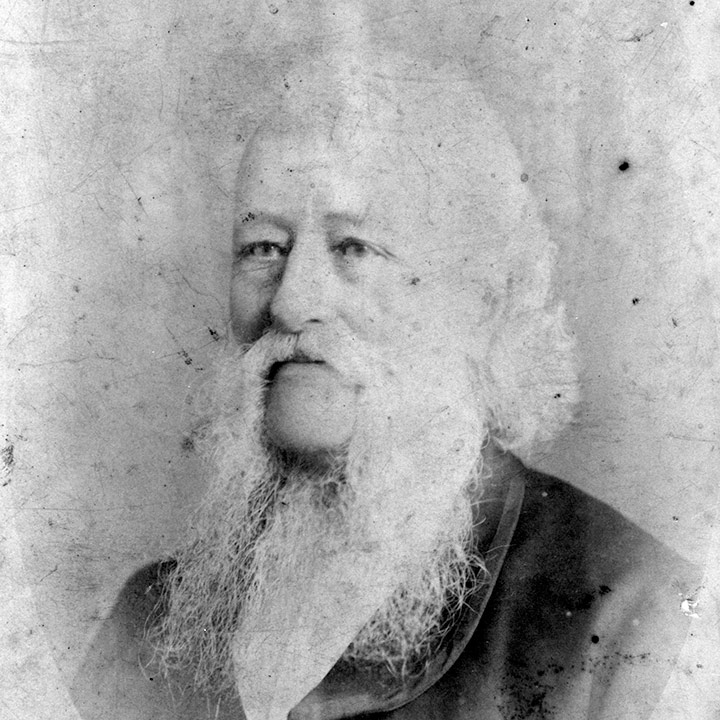
William Colenso
"I was born and raised in the town of Penzance, Cornwall, in the south-west corner of England. My father was a town councillor and earned his living making and..."
Read more